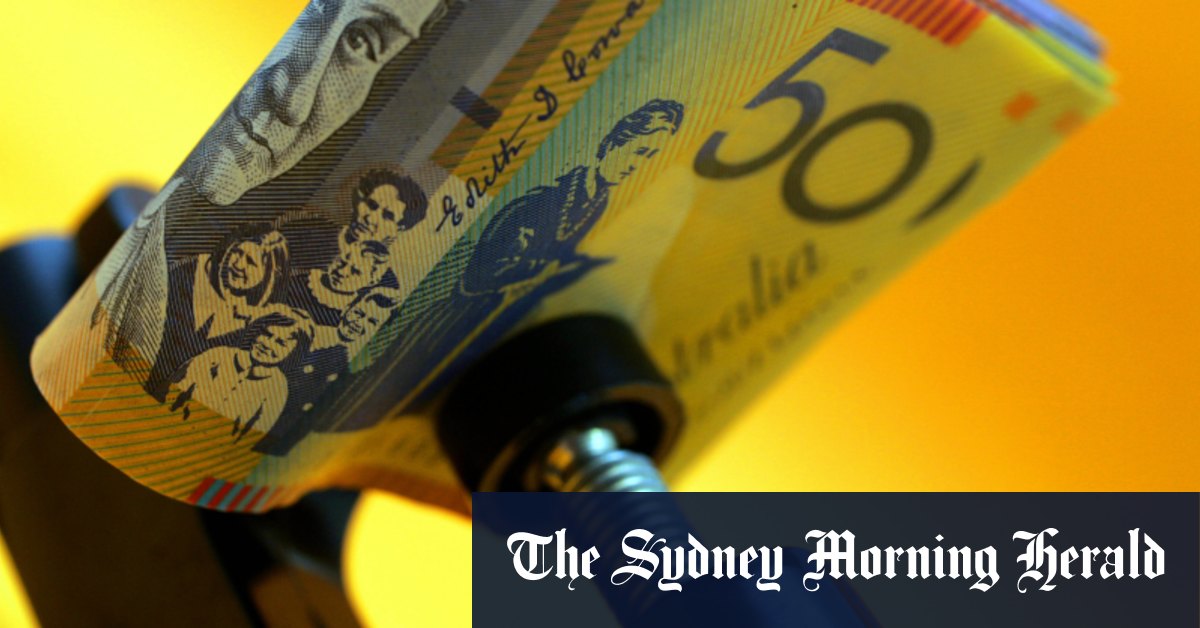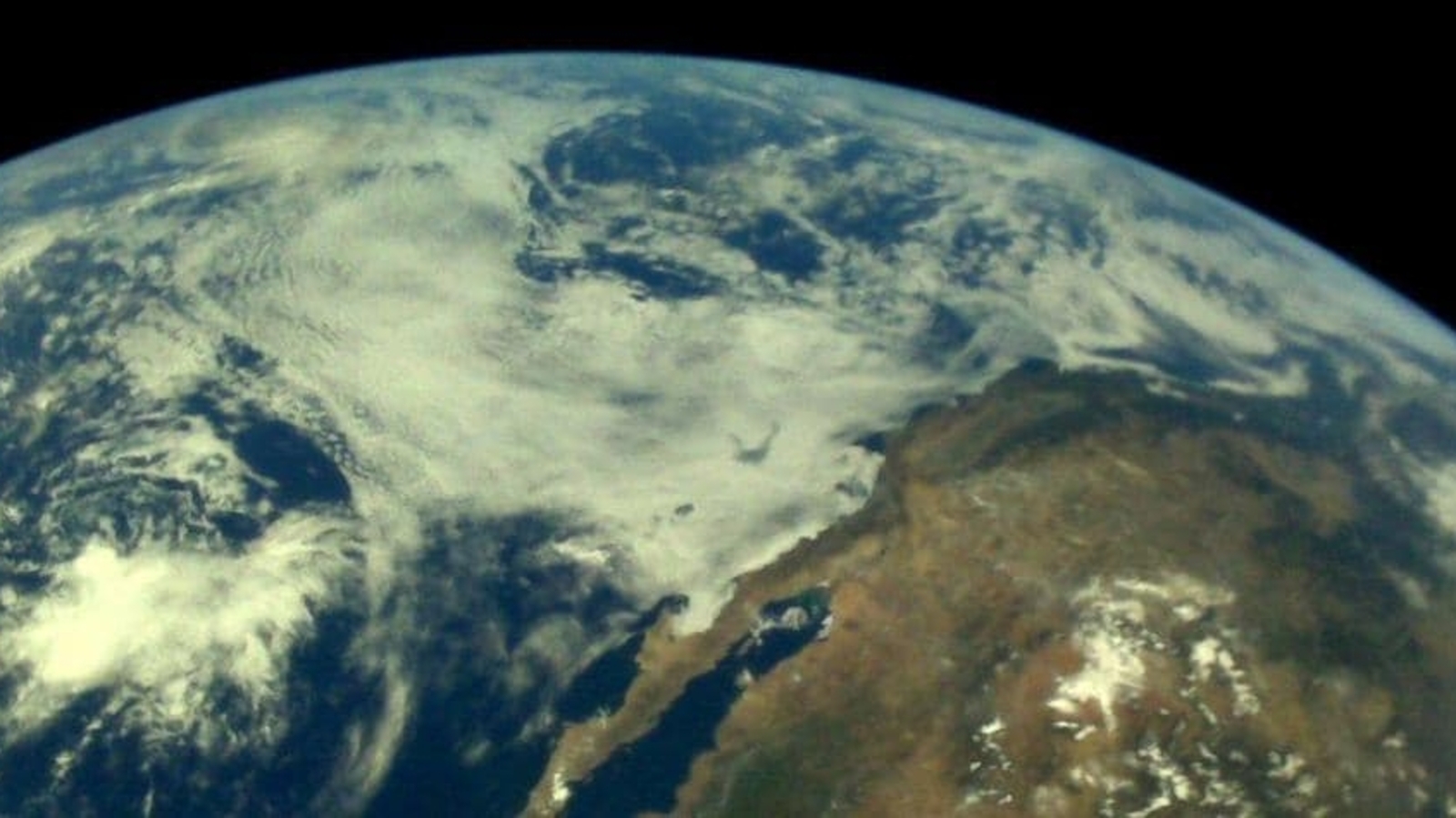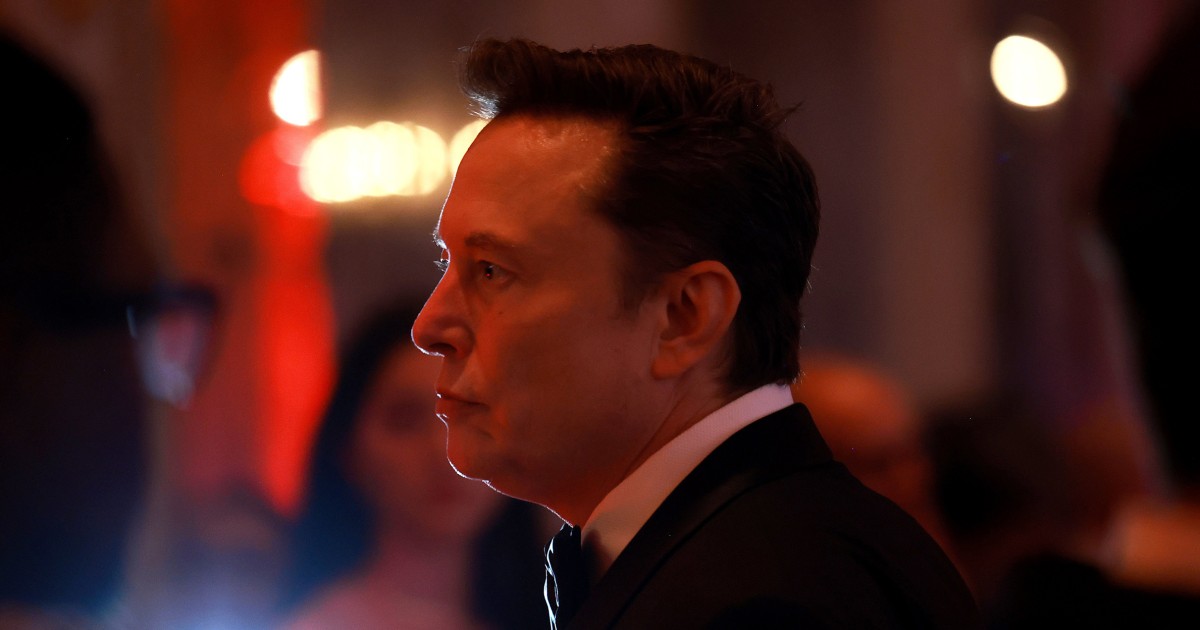Australians flattened by biggest tax increase in world

- by Admin
- April 25, 2024

A spokesman for Treasurer Jim Chalmers said it was the Coalition’s decision to end the LMITO.
He said the coming stage 3 tax cuts deliver tax relief to all Australians.
“Under Labor, every Australian taxpayer will get a tax cut from July and because of our tax cuts, the average tax rate will fall from 25.4 per cent to 23.9 per cent,” he said.
“Our tax cuts are a better way to provide relief from bracket creep. Under our plan, the average taxpayer will pay less of their income in tax for at least the next decade.”
The Coalition, which eventually supported the government’s stage 3 changes, has said it will outline its own tax plan before the next election but has yet to reveal whether it will reintroduce the LMITO or consider adjusting tax thresholds in line with the inflation rate to end bracket creep.
While Australia’s average tax hit soared in 2023, it remains below the OECD average and around the same level as those of Britain and the Netherlands.
The tax take increased just as the inflation rate accelerated. It peaked at 7.8 per cent at the end of 2022, with figures this week revealing it has now fallen to 3.6 per cent.
But a handful of sectors has helped drive up the inflation rate with petrol, the single largest purchase of Australian households, the key problem.
Petrol prices have climbed nationally by 43.7 per cent since the March quarter of 2021. Over that same period, overall inflation has increased by 16.6 per cent, while wages have risen by 10.3 per cent.
The second-largest increase across the sectors tracked by the Bureau of Statistics has been oils and fats, such as olive oil and sunflower oil. Pushed up by the war in Ukraine, prices for these cooking staples have soared by 39.2 per cent.
Construction costs on new homes have jumped by almost 35 per cent, while insurance inflation has risen by 32 per cent.
Food inflation has started to ease in recent months but over the past three years, bread (up 25.8 per cent), cheese (26.6 per cent), breakfast cereals (23.2 per cent) and eggs (24 per cent) have all put a squeeze on the family dinner table.
But the single biggest fall in inflation since early 2021 is also in the kitchen, with lamb prices down 12.9 per cent. Beef prices are up by 6.4 per cent over three years but have fallen by 6.7 per cent over the past 12 months.
Clothing prices are also starting to fall, led by cheaper kids’ footwear.
Senior Westpac economist Justin Smirk noted that price falls in audiovisual and computer equipment that have benefited consumers in other parts of the world have not flowed to Australians. Prices for these climbed by 1.1 per cent in the March quarter and are about 2 per cent higher over the past three years.
Loading
“In contrast, in the US and Canada, these prices have been falling on average for more than two years,” he said.
“Australian audiovisual prices are now 17 per cent higher than Canadian prices relative to March 2018 and 40 per cent higher than US prices.”
While rents nationally have soared by 7.8 per cent over the past year, that followed a period when rents fell during the early stages of the COVID pandemic.
There have been big differences across the country. Rents suffered the largest falls in CBD areas during 2020 and 2021, while they actually rose in regional areas.
Rent inflation for regional areas peaked at 6.4 per cent in the March quarter last year. At the time, regional rents were growing faster than those of the capital cities. Over the past 12 months, regional rent inflation has eased to 5.4 per cent, but in the capitals it has increased to 8.5 per cent.
Cut through the noise of federal politics with news, views and expert analysis. Subscribers can sign up to our weekly Inside Politics newsletter.
The Latest News
-
November 22, 2024This beautiful, intricate dress delights and stimulates me. What is it worth to Australia’s fashion community?
-
November 22, 2024Australia collapses into a batting crisis as Test legends confront their waning powers
-
November 22, 2024‘All down to Alex Carey’: How Aussie’s last hope can salvage Test
-
November 22, 2024Woman who was part of rescue effort that saved Brian Harman’s son from drowning remains in coma – Australian Golf Digest
-
November 22, 2024Alémais’ Lesleigh Jermanus Wins Designer of the Year at the Australian Fashion Laureate Awards





